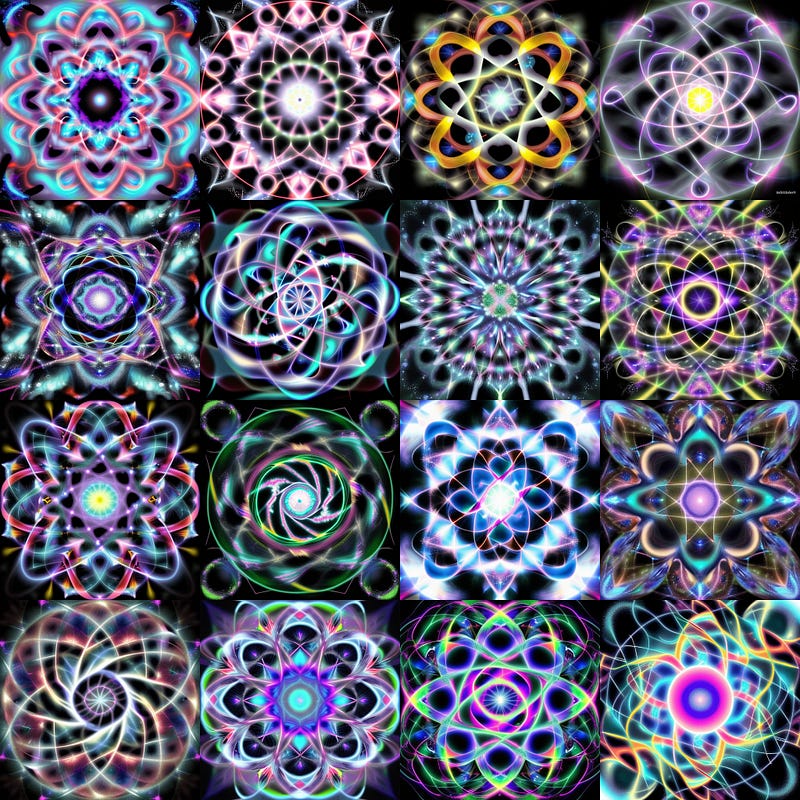# Fascinating Visualizations of Electrons Through Quantum Lenses
Written on
Chapter 1: Understanding Electrons Beyond Conventional Models
Like many, I've been exploring the capabilities of ChatGPT and generative image models, with Stable Diffusion being a particular favorite of mine. Recently, I decided to engage GPT-4 with a series of inquiries surrounding the concepts of infinity and limits. As our conversation progressed, we delved into the topic of electrons, leading me to ask:
Isn't the idea of an electron as a tiny sphere orbiting around an atom an oversimplification? Shouldn't we consider a set of potential orbits where this elusive electron might reside at any point in time?
GPT-4's Explanation
The traditional Bohr model is one of the earlier frameworks for atomic structure, yet it fails to accurately represent the true nature of electrons and atomic interactions as we understand them today.
The model then elaborated on our contemporary understanding of electrons. In the more precise quantum mechanical framework, electrons are not confined to specific orbits. Instead, they inhabit what we call "electron clouds" or "orbitals." These orbitals signify areas surrounding the nucleus where there is a significant probability of locating an electron.
For a deeper dive, the complete chat log is available for review. Realizing that my mental picture of an electron was stuck in a time capsule from high school, I sought a clearer representation. This is where the power of Stable Diffusion comes into play!
I prompted the model, stating that the complexities of quantum physics can be quite abstract for visualization. I requested a prompt to depict what an electron might genuinely look like for use in MidJourney, necessitating a description in a comma-separated list of medium-length phrases.
The resulting prompt was impressive, leading to equally breathtaking imagery: whirling dance of probabilities, misty electron cloud, swirling nebulous fog, quantum uncertainty, shimmering blue-gray haze, unexpected sparkles, rhythmic pulsations, high-intensity regions, whisper-thin boundary, kaleidoscope of potential locations, fleeting flashes of existence, heartbeat of the atom, fluctuating energy levels, unpredictable movement patterns, interplay of light and shadow, and the ghostly silhouette of an electron.

To me, this imagery strikingly resembles sacred geometry. Some of the visuals remind me of a Javascript tool I created, designed to animate sacred geometric patterns (you can find the menu at the bottom right; just hit "Dance" and play around with the options). One of the orbital images evokes The Flower of Life. Could this be the true appearance of electrons if we could perceive them directly?
It feels as though mystics and mathematicians from ancient times had some intrinsic understanding of this. Have others experienced vivid visualizations as well? What are your thoughts?
Chapter 2: The Future of Electron Visualization
In this video titled Imagine What The Future Holds, GPT-4 Vision Examples, we explore innovative visualizations that could redefine our understanding of atomic structures.
The next video, How Access GPT-4 Vision & DALL·E 3 [See 17 Mind-Blowing Examples], presents astonishing examples of how AI can generate images that challenge our perceptions of fundamental particles.